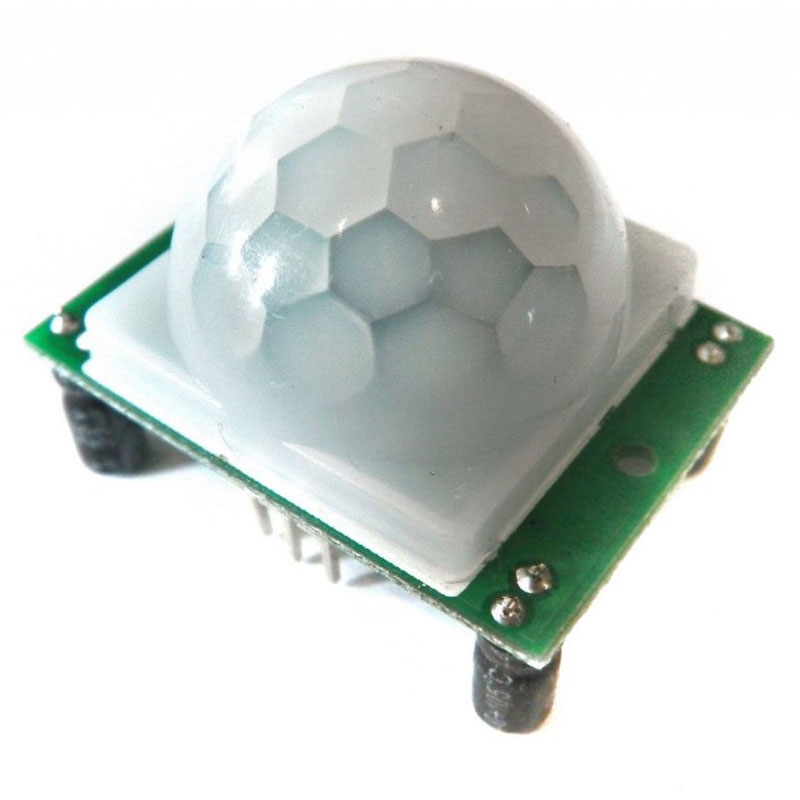
Microwave sensors detect motion using Doppler radar and are similar to a radar speed gun. They detect objects, people, or animals by picking up one's infrared radiation. They’re called passive because no energy is emitted from the sensor. They emit black-body radiation at mid-infrared wavelengths that contrast to background objects at room temperature.
#Motion sensor skin
Passive infrared (PIR) sensors detect a person's skin temperature. They are not suitable for outdoor lighting since the movement of random objects such as smaller animals and larger insects can be detected by the active sensor, and lightning will be triggered. The motion sensor can understand these changes and then sends an electrical signal to the alarm system, light, or other types of device it operates.Īctive sensors are mostly used for automatic doors in retail buildings and similar applications, but can also be found in house security systems and indoor lighting systems. When an object moves in motion sensor-controlled space at this time, the sensor looks for a frequency shift in the returning wave, which would indicate that the wave has hit a moving object. They emit radio waves or microwaves across a room or other area, which strike on nearby objects and reflect it to the sensor detector. Active DetectorsĪctive motion sensors are also known as radar-based motion sensors. The Samuel motion sensor is based on the “Doppler Effect.” In modern times, many types of motion sensors work on the same principles as Samuel Bango’s detector. He applied the basics of radar to ultrasonic waves – a frequency to notice fire or robber and that which human beings cannot hear. The first motion sensor was created to be a burglar alarm, in the year 1950 by Samuel Bango. The system may also trigger a security camera to record the possible intrusion.

A motion sensor may be among the sensors of a burglar alarm system that is used to alert a homeowner when it detects the motion of a possible intruder. Motion sensors are also widely used instead of an occupancy sensor for cases such as enabling street lights or indoor lights in walkways. One common form is activating automatic door openers in businesses and public buildings. Motion detectors are extensively used in commercial applications. Specialized systems of course cost more but have much larger ranges. Most less expensive motion sensors can detect up to distances of at least 15 feet. The electronics interpret changes in the visual, microwave, or acoustic field in the device's proximity using one of the technologies explained in this article. It makes sense that a motion detector sensitive to infrared energy cannot see through glass windows.Electronic motion sensors contain an optical, microwave, or acoustic sensor, and often, a transmitter for illumination. The glass is then opaque to the infrared energy these heated things are emitting, so the heat is trapped inside the greenhouse. Light passes through the glass into the greenhouse and heats things up inside the greenhouse.

This, by the way, is the basis of a greenhouse. That is because glass is not very transparent to infrared energy. If you have a burglar alarm with motion sensors, you may have noticed that the motion sensors cannot "see" you when you are outside looking through a window. There is a single (or sometimes two) sensors inside looking for changes in infrared energy. But it's not like there is a 2-D array of sensors in there. Infrared energy is a form of light, so you can focus and bend it with plastic lenses. Your motion sensing light has a wide field of view because of the lens covering the sensor. You do not want the sensor detecting slower changes, like the sidewalk cooling off at night. When a person walks by, the amount of infrared energy in the field of view changes rapidly and is easily detected. That's because the electronics package attached to the sensor is looking for a fairly rapid change in the amount of infrared energy it is seeing. You have probably noticed that your light is sensitive to motion, but not to a person who is standing still. The infrared light bumps electrons off a substrate, and these electrons can be detected and amplified into a signal. The devices themselves are simple electronic components not unlike a photosensor.

Therefore, the sensors are typically sensitive in the range of 8 to 12 micrometers. Humans, having a skin temperature of about 93 degrees F, radiate infrared energy with a wavelength between 9 and 10 micrometers. In order to make a sensor that can detect a human being, you need to make the sensor sensitive to the temperature of a human body. These sensors are therefore known as PIR (passive infrared) detectors or pyroelectric sensors. The "motion sensing" feature on most lights (and security systems) is a passive system that detects infrared energy.


 0 kommentar(er)
0 kommentar(er)
